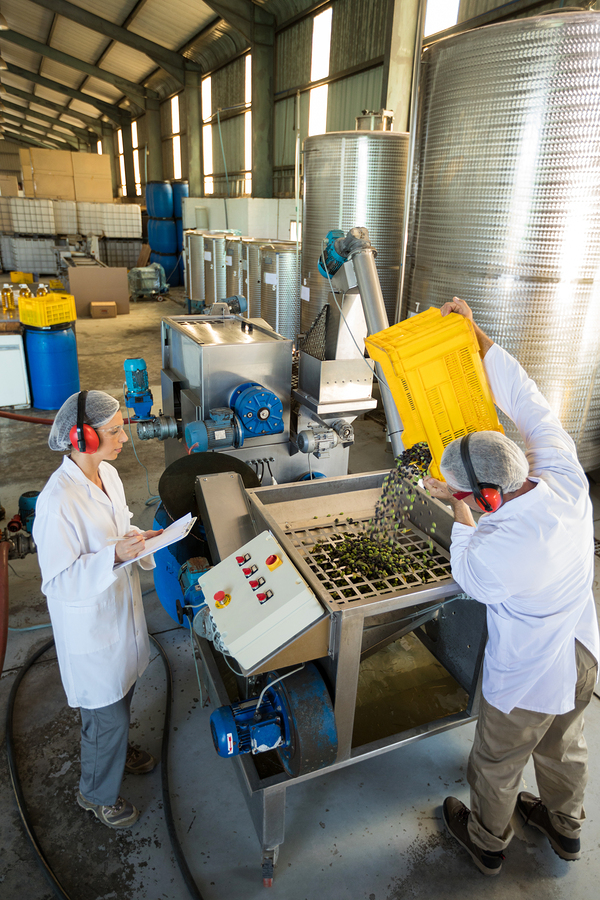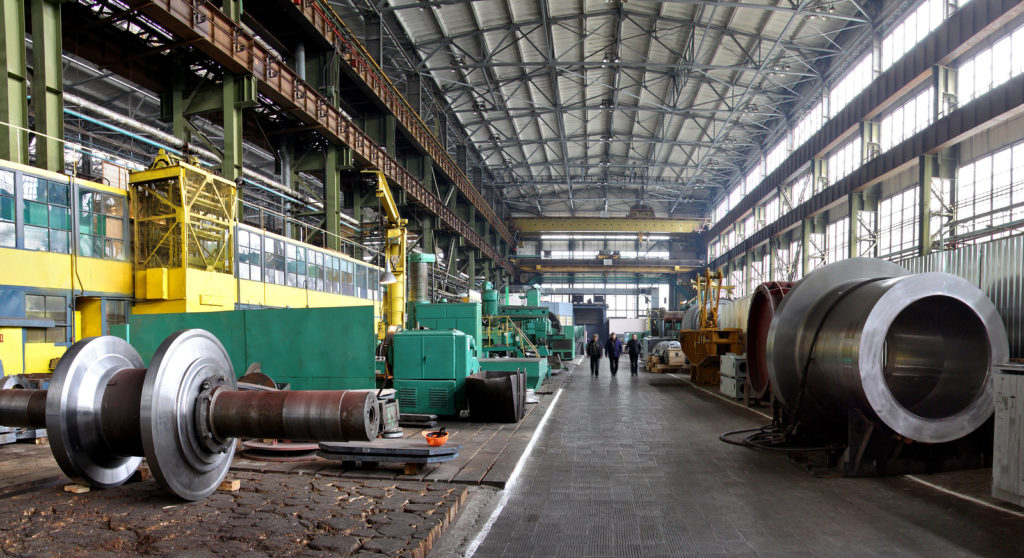2017 ended as a stellar year for manufacturing job growth and 2018 looks to follow suit. The numbers are telling: In December 2017 alone, manufacturers hired 25,000 workers. Sizeable workforce additions and newly implemented tax reforms are just some of the factors bolstering industry optimism, which may in turn boost the economy. This is encouraging manufacturing sector job growth across the spectrum — and the future is looking bright.
Fastest growing manufacturing job sectors
While manufacturing growth is up overall, certain areas are leading the way. Some of the fastest growing job sectors in the manufacturing arena from the past five years include:
- Transportation equipment — It’s no surprise this sector grew compared to others, considering transportation for delivering goods is the basis on which commercial enterprise survives. In fact, the sector saw a 20% increase with the addition of 270,000 jobs — more than any other sector.
- Fabricated metal products — With home and commercial property building on the rise, the sector increased by 8%, adding 109,000 jobs.
- Food products — Having added 95,000 jobs in five years, this sector saw a 7% increase. In a healthier economy people are not only buying more but also eating out more as business expansion and more home developments translates to retail store growth, too. All these socioeconomic factors, in turn, stimulate the food production sector.
 Plastics and rubber products — A strong economy and a demand for exports have helped fuel 12% job growth in the sector as manufacturers hired on 75,000 more workers.
Plastics and rubber products — A strong economy and a demand for exports have helped fuel 12% job growth in the sector as manufacturers hired on 75,000 more workers.- Beverages — This sector saw a 39% increase — the highest increase by percentage of all sectors — with 66,000 jobs. Global food and beverage exports have greatly increased, due in part to automation boosting productivity and output as manufacturers adapt to changing needs and policies.
- Machinery — The need for machinery increases automatically as manufacturing as a whole grows. In the five-year period, this sector saw a 5% increase, representing the 50,000 jobs added.
- Wood products — As home and commercial property construction increases, the need for wood products does as well. Retail industries have seen an increase in sales of items such as furniture, which serves to augment the wood product manufacturing sector. This made for a 9% increase in jobs with the addition of 31,000 wood product employees.
- Nonmetallic metal products — This sector saw a 4% increase as manufacturers added 15,000 jobs. Growth follows along with the aforementioned effects of residential development, as the need for gravel, sand, and other nonmetallic metal products increases.
- Primary metals — With the addition of 10,000 jobs, this sector saw a 3% increase. The reason behind those job additions is simple: Primary metals are necessary in nearly every area of manufacturing.
- Chemicals — Also having added 10,000 jobs, this sector represented a 1% increase. Technological advances, medical requirements, and similar areas all add to the need for chemical manufacturing.
Looking back on manufacturing job growth over the past several years, what could the trends mean for industry insiders in 2018? The future is bright for manufacturing, and those considering career changes may begin by looking at their options in these fast-growing sectors. All these areas of growth are stimulated by a flourishing economy. The increased demand for exports, tax reforms, and growth seen in areas such as home building are all common denominators to strong increases in these manufacturing sectors, and it appears as though manufacturers are on the right track for even stronger job growth in 2018.
